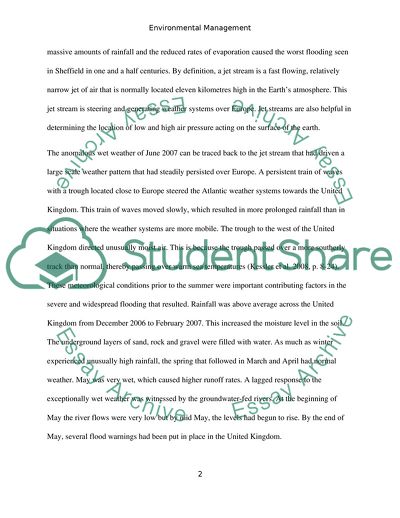Cite this document
(Responsibility for Protecting the Environment in Sheffield Term Paper - 3, n.d.)
Responsibility for Protecting the Environment in Sheffield Term Paper - 3. Retrieved from https://studentshare.org/environmental-studies/1739828-environmental-management
Responsibility for Protecting the Environment in Sheffield Term Paper - 3. Retrieved from https://studentshare.org/environmental-studies/1739828-environmental-management
(Responsibility for Protecting the Environment in Sheffield Term Paper - 3)
Responsibility for Protecting the Environment in Sheffield Term Paper - 3. https://studentshare.org/environmental-studies/1739828-environmental-management.
Responsibility for Protecting the Environment in Sheffield Term Paper - 3. https://studentshare.org/environmental-studies/1739828-environmental-management.
“Responsibility for Protecting the Environment in Sheffield Term Paper - 3”. https://studentshare.org/environmental-studies/1739828-environmental-management.


